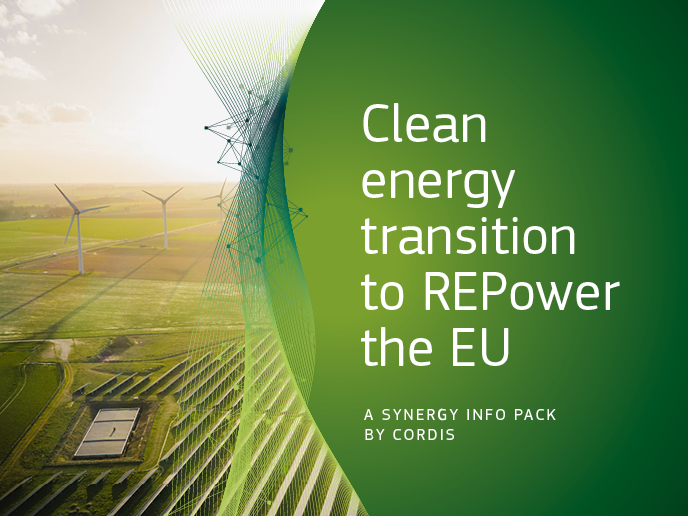Smart energy solution tackles flexibility challenges in modern buildings
Current solutions for making buildings smarter struggle to integrate older equipment into the energy flexibility market. They also fail to create the seamless communication needed between buildings and the grid to boost urban energy flexibility. On top of that, persistent and easily implementable solutions often overlook the needs and preferences of building occupants, which is key for social acceptance. To address this, researchers working in the COLLECTiEF(opens in new window) project are developing an interoperable, scalable energy management system powered by collective intelligence. Collective intelligence is a distributed intelligence approach that brings computation and sensor solutions directly to the building level (edge). “Our system makes it easy to connect legacy equipment into collaborative networks across buildings and urban energy systems. It helps reduce installation costs, minimise data transfer and computational demands, enhance data security and improve energy flexibility and climate resilience,” notes project coordinator Mohammadreza Aghaei.
Delivering efficiency, comfort and resilience
By combining collective intelligence algorithms with low-cost hardware and user feedback loops, COLLECTiEF delivers value across five interrelated dimensions. “The system helps reduce grid congestion and generate demand-response revenue by enabling real-time load shifting. Buildings benefit from lower energy bills, cutting primary energy use by 16 % on average, which translates to annual savings of EUR 0.2-3 per m2,” outlines Mohammadreza. “Occupants also enjoy improved comfort through tailored climate control that boosts satisfaction by 15 %.” The system also enhances climate resilience, allowing buildings to adapt autonomously to extreme heat or cold while maintaining stable indoor conditions and preventing system failures. Furthermore, it makes decisions locally with minimal data exchange.
How COLLECTiEF nodes enable smarter energy use
The COLLECTiEF system consists of two intelligent nodes. The cluster node acts as a bridge between energy suppliers and buildings. It learns from edge nodes how they respond to flexibility requests and analyses patterns from energy suppliers, influenced by weather, pricing and supply-demand dynamics. Using this data, the cluster node develops predictive models to send timely flexibility signals to the right users, ensuring energy suppliers’ needs are met. The edge node operates within buildings and is compatible with both IoT wireless and conventional cable protocols. It communicates flexibility requests to building components and appliances, allowing users to decide how and when to adjust settings based on their preferences, such as reducing temperature setpoints, adjusting fan speeds or delaying electric vehicle charging. Over time, the system uses machine learning to understand user preferences, factoring in parameters such as weather and incentives, and suggests optimised schedules for future energy use.
Preparing the system for real-world impact
COLLECTiEF is expected to reach technology readiness level 8, which indicates that the system needs to be complete and qualified. To reach this milestone, the system is undergoing rigorous validation in real-world and simulated environments. Testing includes a small-scale demonstration in France and large-scale demonstrations across 13 sites in Italy, Norway and Cyprus – chosen for their different climatic conditions. In the meantime, the team is developing an e-learning programme(opens in new window) to help end-users, municipal stakeholders and building professionals understand, adopt and effectively implement the COLLECTiEF technologies in their environments.







